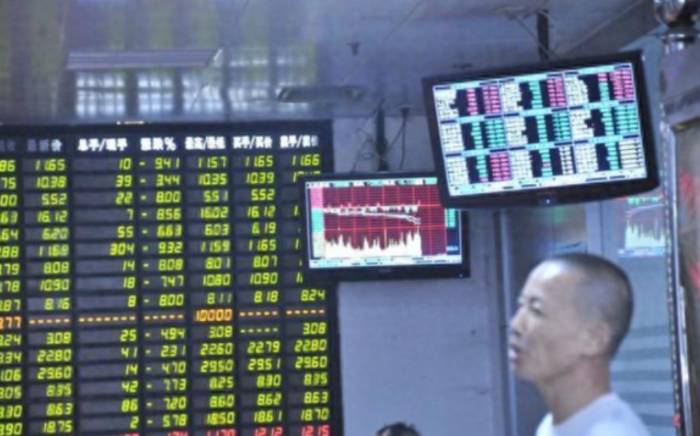Today's A-share market is quite a headache! It's in a very painful and helpless position, with the whole day showing weak fluctuations, unable to rise or fall significantly; the biggest flaw is that the Shanghai and Shenzhen stock markets have no trading volume, no popularity, and the entire market is half-dead.
It's so boring to encounter today's half-dead A-share market, which is a complete waste of time. It's necessary to break this deadlock of horizontal fluctuation, and continuing like this is not a solution! After all, today's three major indices fell again, with the Shenzhen Index and the ChiNext Index both hitting new lows. How should we view such a market?
Opinion one: The A-share market is currently at a turning point. After more than ten trading days of tossing around near 2850 points, a range-bound trend has been formed. Whether this range-bound trend is a continuation of the decline or the construction of a bottom is still unknown; it's precisely because the market and investors are in a state of confusion that the willingness to trade in the secondary market is very low, thus leading to today's market with no volume and no popularity, half-dead.
Opinion two: The heavyweight sectors are disrupting the market and have completely controlled the trend of the entire A-share market. The impact of heavyweight stocks on the current market is too significant, and the ultimate victims are small and medium-sized thematic stocks; when heavyweight stocks adjust, individual stocks generally fall, and conversely, when heavyweight stocks rise and pull up the index, individual stocks still generally fall. Regardless of whether the A-share market rises or falls, retail investors are losing money, which is the main reason for the lack of popularity in the A-share market.
Opinion three: Similar to today, the turnover of the Shanghai and Shenzhen stock markets shrank again, which is due to the reduction in volume of heavyweight stocks. The three major financial sectors also showed a reduction in volume, and the rest of the sectors and individual stocks are completely lacking in volume, unable to release any volume. As of the close, the Shanghai and Shenzhen stock markets only traded 509.6 billion, a contraction of 48.1 billion compared to yesterday, further confirming that today's A-share market is too weak, and perhaps this trend will continue.
Opinion four: To truly break the current half-dead A-share market, it is necessary to have a significant increase or decrease in volume, stimulating the trading willingness of the secondary market again; for example, either the national team intervenes with a significant increase in volume, or the bearish forces smash the market with a significant drop. Soon, significant rises or falls in the A-share market will come, and only significant rises or falls can end the recent half-dead trend.
How will the market go tomorrow?
Today's A-share market has once again fallen into a deadlock, entering a horizontal fluctuation trend, and has already shown a situation with no volume and no popularity. Under such circumstances, there is no hope for the trend of tomorrow's A-share market.

It is predicted that tomorrow's A-share market will continue to fluctuate weakly around 2850 points, and a differentiated structural market will be staged, with those with volume and popularity continuing to strengthen, and those without volume and popularity continuing to fall. This situation will continue until the A-share market chooses a direction, so as long as there is no direction choice tomorrow, the A-share market will still be half-dead.
Many investors may ask, why is the A-share market still half-dead tomorrow after fluctuating for more than ten trading days? The reasons are as follows:Firstly: As the current A-share market is in a state of confusion, the uncertainty lies in the direction it will take—whether it will plummet or break through upward. Until the direction becomes clear, the listless market conditions will continue; let's wait and see.
Secondly: The A-share market currently lacks volume, popularity, and hot spots. When the market experiences a lack of trading volume, and there is a reluctance to trade, coupled with the absence of hot spots to drive the market, it becomes difficult for the market to rise or fall significantly, resulting in a narrow range of fluctuation.
Summary:
From the above analysis, it is evident that today's A-share market in Shanghai and Shenzhen has once again seen a reduction in volume, to the point where it lacks popularity, volatility, and hot spots. Such a weak market trend is expected to continue. Consequently, there is little to look forward to in the A-share market for tomorrow, Thursday, as it will likely continue to fluctuate and be volatile. Therefore, the outlook for tomorrow's market is neutral.
In conclusion, regardless of how the A-share market performs tomorrow, it is advisable to adopt a wait-and-see approach, observing the weak market conditions and waiting for an opportunity to enter the market.
LEAVE A REPLY
Your email address will not be published. Required fields are marked *